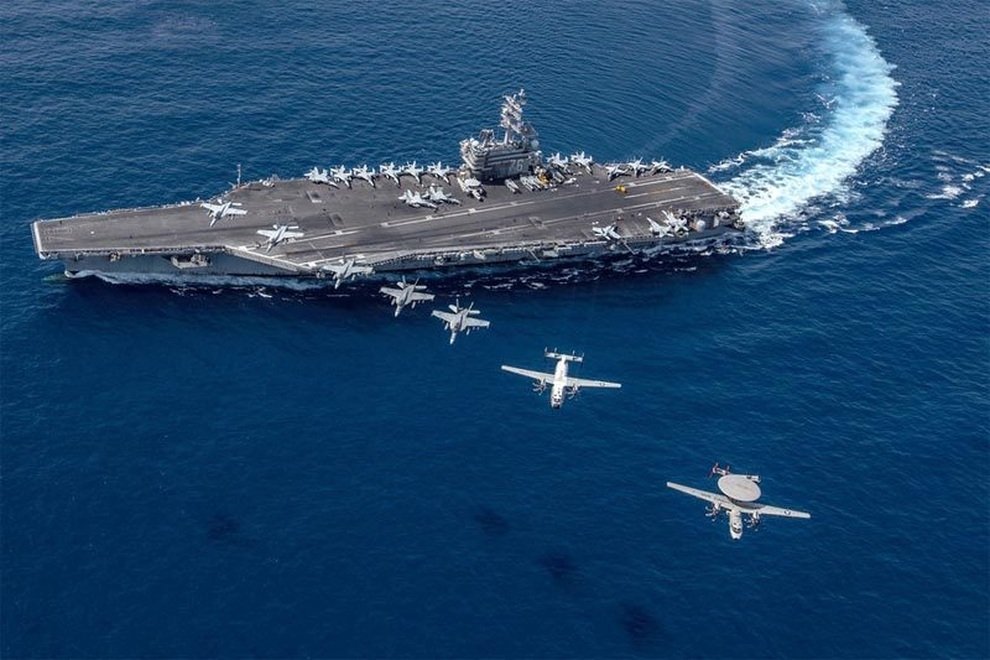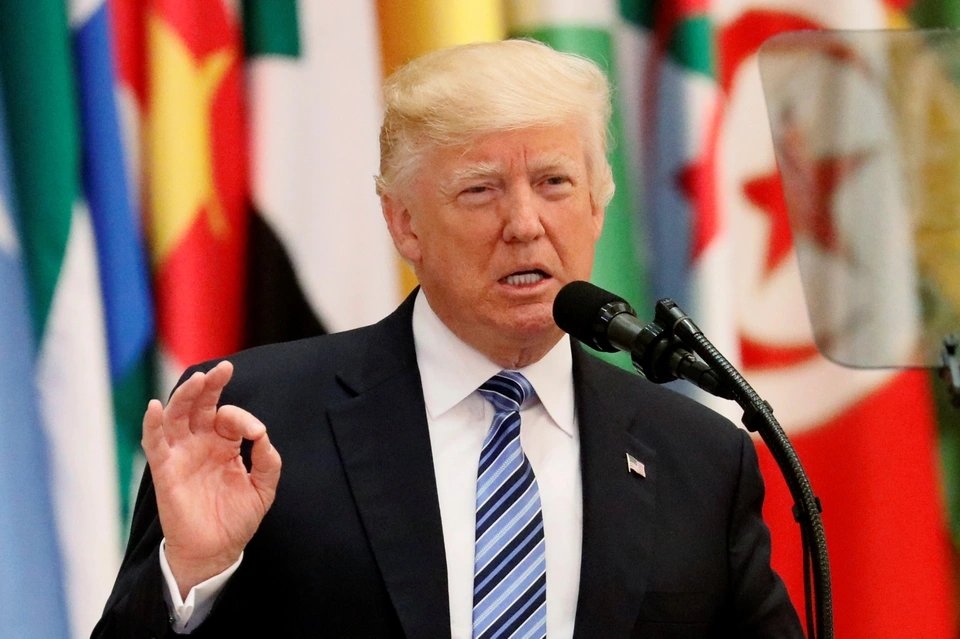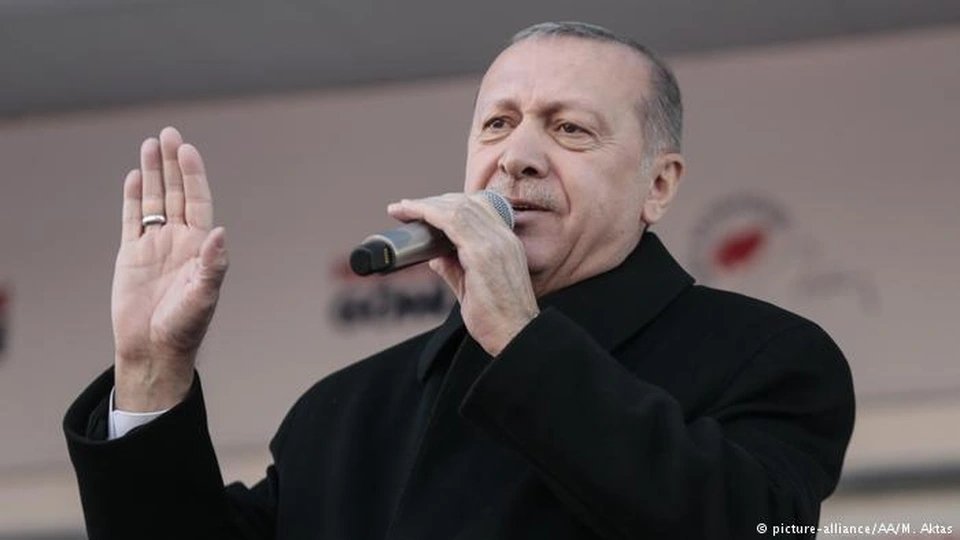
(Dan Tri) – The United States is re-planning its military forces in the world to focus more on two counterweights, China and Russia, while still not ignoring security threats from other regions.
US Navy aircraft carrier USS Ronald Reagan (Photo: ABC News).
Increase resources for the Pacific
According to observers, US President Joe Biden plans to withdraw troops and move missile defense systems from the Middle East region, reducing the burden on the country’s defense budget and better dealing with emerging issues.
Dr. Timothy Heath, senior research expert at the RAND Organization, USA, pointed out that: `The US transfer of missile defense systems from the Middle East to the Asia-Pacific shows that Washington evaluates Beijing.`
Mr. Heath further analyzed: `The US special forces will help balance China’s growing naval power that is threatening to dominate Asian waters. If approved, this result could mean
Mr. Carl Schuster, former Executive Director of the Joint Intelligence Center, Pacific Command, said that Russia is a big threat to the US in Europe but is not as big a threat as China now.
Similarly, Professor Yoichiro Sato, specializing in international relations at Ritsumeikan Asia Pacific University (Japan), said that the Middle East region has long had a complicated impact on America’s global strategy.
To implement military force restructuring in accordance with US strategy, President Biden decided to complete the withdrawal of US troops from Afghanistan before September 11.
In the Pacific region, Politico said in June that at least two initiatives to allocate resources and deal with China are being completed by the Pentagon, including an initiative to create a permanent naval force in the Pacific.
Analyst Jerry Hendrix, of consulting firm Telemus Group, predicts the Pacific force will include warships from Japan and Australia.
The US has reached an agreement on costs for US soldiers stationed in Northeast Asian allies to increase resources for the region.
Still a difficult problem
Many factors cause the US to encounter difficulties and challenges in restructuring its military forces.
In Yemen, Iran-backed Houthi rebels are pushing for an offensive after Mr. Biden ended US support for the Saudi Arabia-led military campaign.
In the Asia-Pacific region, although the US continuously mobilizes and increases the activities of warships and fighter aircraft at many different levels.
Although the idea of building a standing force in the Pacific has been established, it requires clarifying many issues.
Meanwhile, China will continue to increase defense spending in 2021 by 6.8% compared to 2020 to counter the US.
According to analysts, the US is having difficulty re-planning its military forces in the world, and the Pentagon’s initiatives so far have not been a `silver bullet` to solve the challenges.






